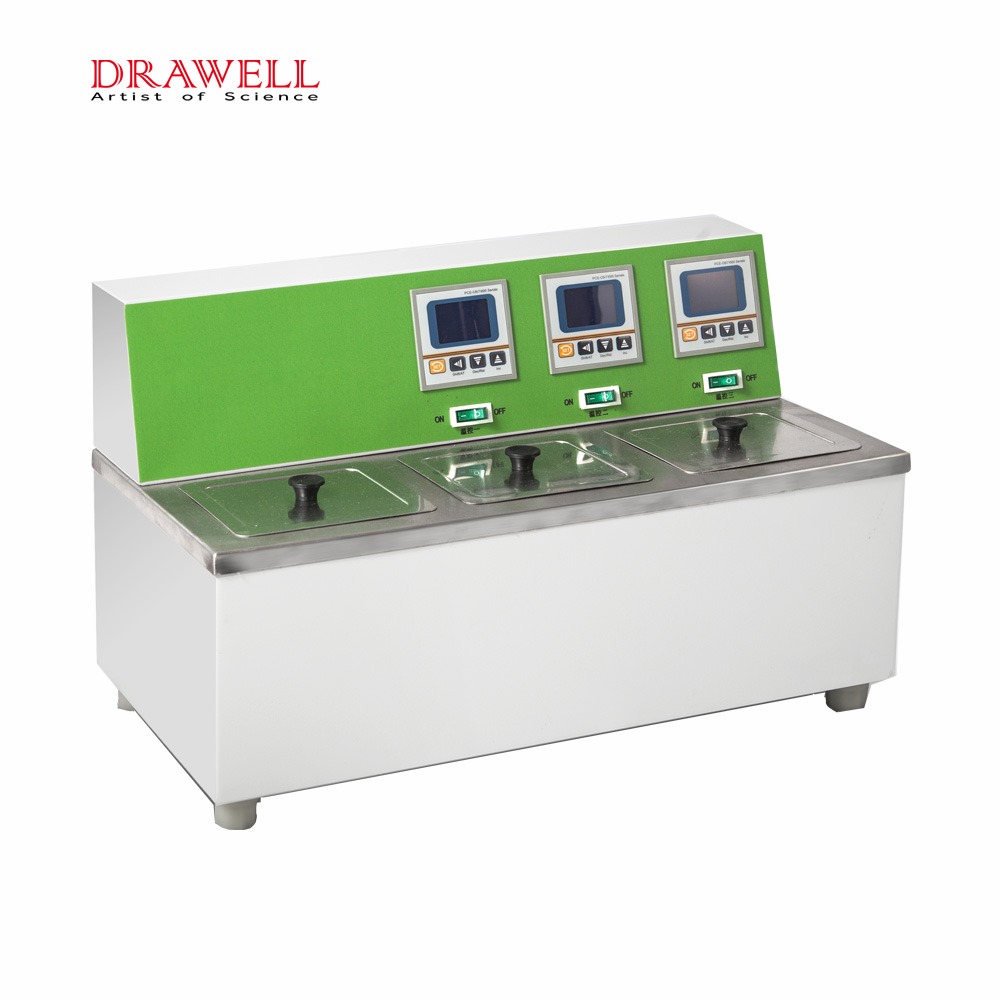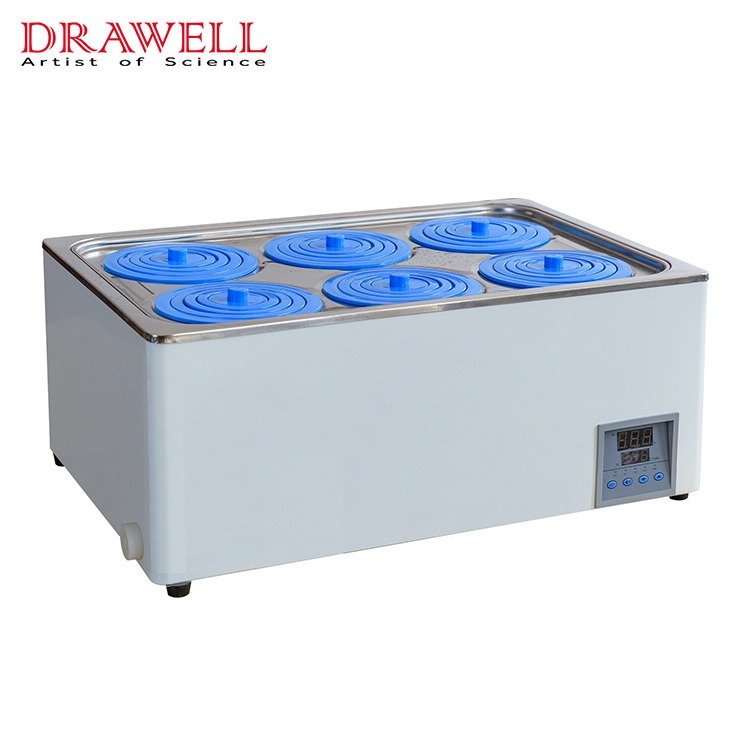Precision temperature control in a water bath is essential for a wide array of laboratory applications, ensuring consistent and accurate results. In processes where even slight temperature variations can affect outcomes, maintaining precise thermal stability is critical. Water baths with advanced temperature control mechanisms play a significant role in biological, chemical, and industrial research, enhancing the reliability of experiments and processes.
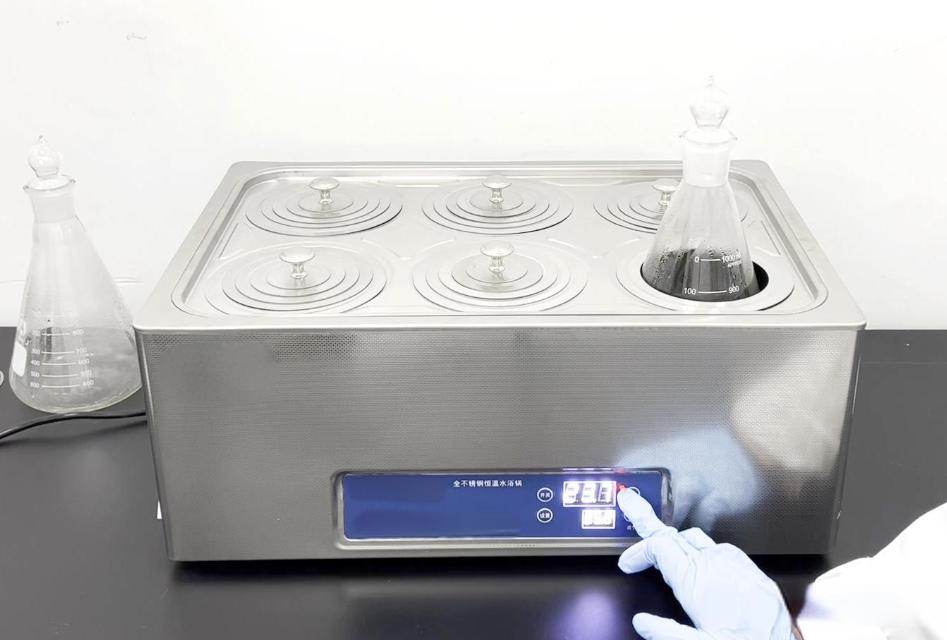
Importance of Precision Temperature Control in Water Baths
Water baths are widely used for tasks that require the maintenance of samples at specific temperatures. Common uses include cell culture work, enzyme incubation, and sample preparation for assays. The precision of temperature control directly affects the performance of these processes. For instance, enzymatic reactions are highly sensitive to temperature changes; even a slight fluctuation can lead to skewed results, impacting experimental validity.
Additionally, temperature-sensitive samples, such as biological specimens or chemical solutions, can degrade or become denatured if exposed to inappropriate heat levels. Precision control ensures that samples remain stable throughout the process, reducing the risk of sample loss or contamination.
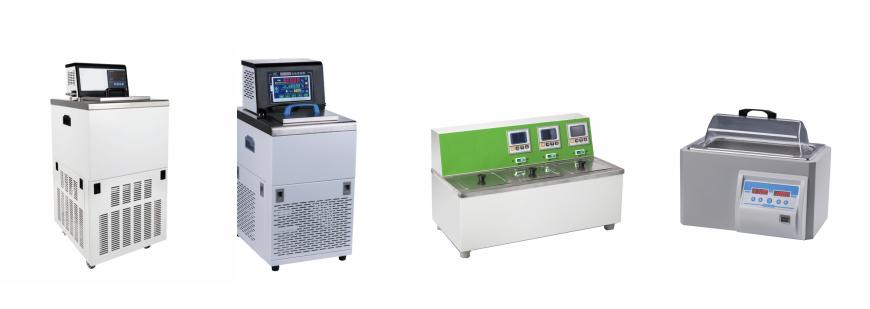
Mechanisms for Achieving Precision Temperature Control in Water Baths
1. Digital Temperature Controllers
Modern water baths are equipped with advanced digital thermostats that allow precise setting and monitoring of temperature. These controllers often use microprocessors to provide real-time feedback, adjusting the heat output based on the current temperature reading. This system ensures that the bath stays within a tight temperature tolerance, typically within ±0.1°C.
Key Features:
- Easy-to-read digital displays.
- High accuracy in temperature setting.
- User-friendly interface for setting desired temperatures and monitoring performance.
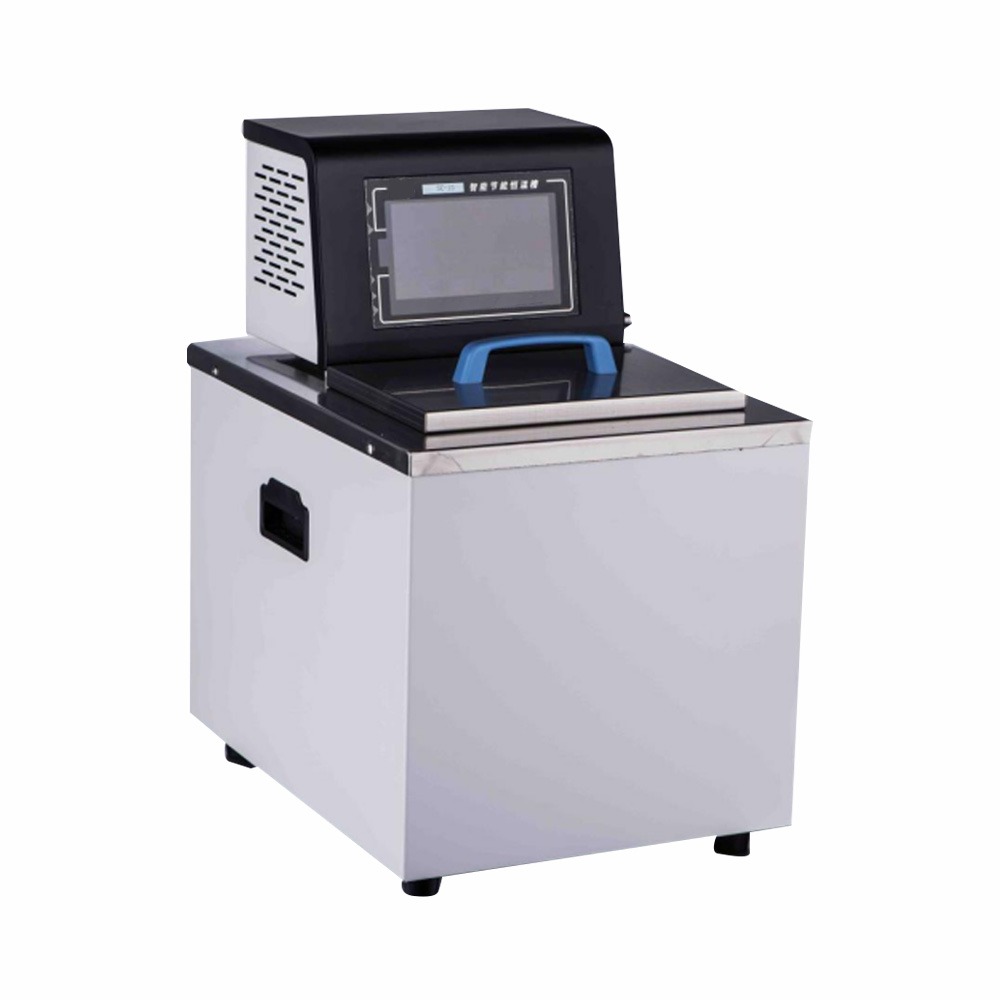
2. PID (Proportional-Integral-Derivative) Control
PID controllers are one of the most effective mechanisms for maintaining a stable temperature in water baths. This control system continuously calculates the error between the desired and actual temperatures, making necessary adjustments to the heating element. The three components of PID control work together to ensure stability:
- Proportional: Adjusts heating based on the difference between the set and actual temperatures.
- Integral: Corrects any long-term deviations from the set point.
- Derivative: Predicts future temperature trends and makes adjustments accordingly.
This approach minimizes temperature overshooting or undershooting, leading to smoother and more accurate control.
3. Circulation Systems
In water baths, achieving even heat distribution is crucial for maintaining uniform temperatures. Built-in circulation pumps ensure that the water is constantly moving, preventing the formation of hot or cold spots within the bath. By circulating the water, these systems distribute heat evenly throughout the bath, ensuring that all samples are exposed to the same temperature.
Benefits
- Improved temperature uniformity.
- Faster temperature recovery after lid openings or sample additions.
- Consistent heating for all submerged samples.
4. Insulation and Double-Walled Design
To maintain precise temperatures, water baths often incorporate advanced insulation materials and double-walled designs. These features help retain heat, preventing energy loss to the surrounding environment and reducing the influence of ambient temperature fluctuations. Well-insulated water baths require less frequent heating adjustments, which helps maintain a consistent temperature over long periods.
Advantages
- Reduced energy consumption.
- Minimal temperature variation due to external factors.
- Longer-lasting temperature stability.
5. Heating Elements with Quick Response
Efficient heating elements with quick response times are essential for precise control. These elements rapidly heat the water to the desired temperature and respond quickly to adjustments, allowing the system to maintain stable temperatures. High-quality heating elements also reduce lag time in reaching the set temperature, which is critical for time-sensitive applications.
6. Self-Calibrating Systems
Many modern water baths come equipped with self-calibrating features. These systems can automatically adjust internal settings to account for environmental changes or wear on components over time. Regular self-calibration ensures that the water bath remains accurate, reducing the need for manual recalibration by lab technicians.

7. Real-Time Monitoring and Alarms
Some precision water baths offer real-time monitoring of temperature along with integrated alarm systems. These alarms alert users to any deviations from the desired temperature range, allowing for immediate corrective action. Monitoring systems may also log temperature data for quality control and analysis, ensuring traceability for critical processes.
Features
- Continuous monitoring of temperature conditions.
- Automatic alarms for temperature deviations.
- Data logging for audit trails and process verification.
8. Programmable Temperature Profiles
For experiments requiring varying temperatures over time, programmable water baths allow users to set temperature profiles with multiple stages. These baths can automatically adjust the temperature at specific intervals, ensuring that the process follows a precise thermal protocol without the need for constant supervision.
Applications
- Time-dependent chemical reactions.
- Enzyme incubations requiring gradual temperature changes.
- Heat treatments with precise temperature ramping.
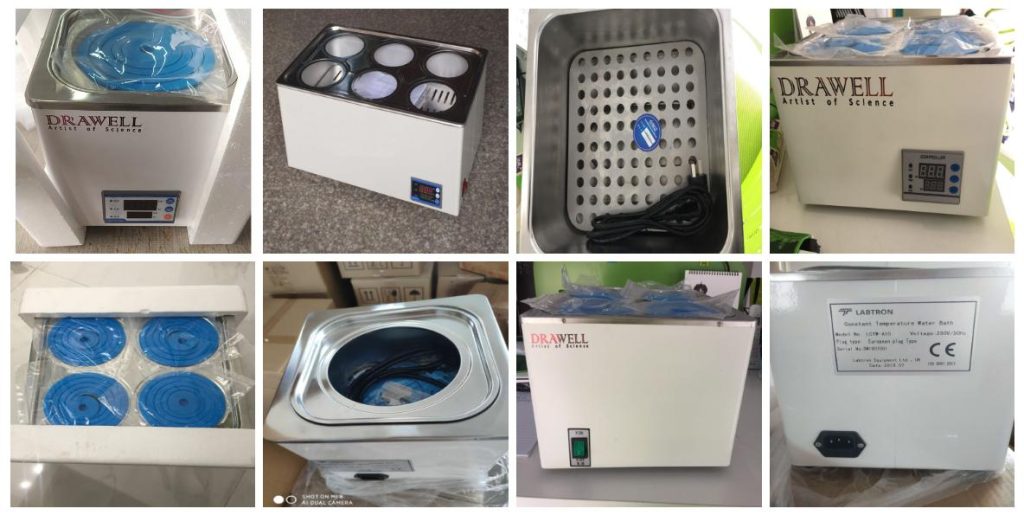
Applications Benefiting from Water Bath with Precision Temperature Control
This chart highlights how various industries benefit from water baths with temperature control to ensure the accuracy and reproducibility of their experiments and processes.
| Application | Industry/Field | Benefits of Precision Temperature Control |
| Molecular Biology | Life Sciences/Research | Ensures accurate conditions for PCR, DNA amplification, and enzyme activity experiments. |
| Pharmaceutical Testing | Pharmaceutical | Provides stable temperatures for drug stability testing, dissolution studies, and reactions. |
| Cell Culture Incubation | Biotechnology | Maintains optimal conditions for cell growth and viability in sensitive culture environments. |
| Food and Beverage Testing | Food Industry | Ensures consistency in product testing, quality control, and safety verification procedures. |
| Material Quality Control | Industrial Manufacturing | Helps in testing polymers, adhesives, and other materials under controlled thermal conditions. |
| Chemical Reactions | Chemistry | Enables precise control of reaction rates for reproducible chemical syntheses and processes. |
| Protein Denaturation | Biochemistry | Provides consistent temperatures for protein unfolding and structural studies. |
| Clinical Diagnostics | Medical Laboratories | Ensures reliable sample preparation and incubation for diagnostic assays like ELISA. |
| Microbiological Studies | Microbiology | Controls conditions for microbial growth, sterilization, and incubation of cultures. |
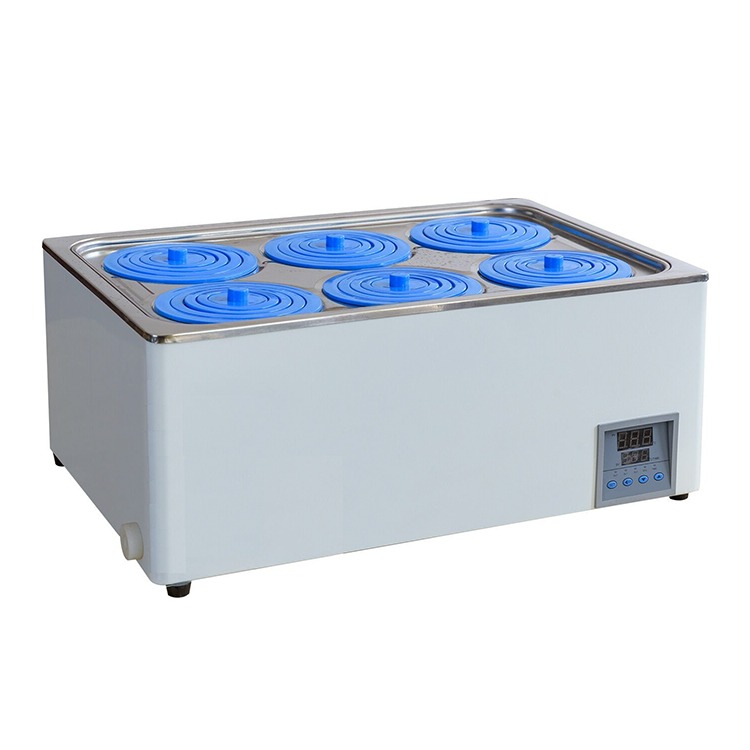
Future Trends in Water Bath with Precision Temperature Control
As technology continues to evolve, water baths with temperature control are becoming more advanced and efficient. Future trends focus on enhancing accuracy, user convenience, and sustainability in laboratory settings.
- IoT Integration and Remote Monitoring: Internet of Things (IoT) integration is transforming water baths by allowing remote monitoring and control through smartphones or computers. Users can adjust settings, receive real-time updates, and monitor temperatures from any location, increasing flexibility and reducing the need for constant supervision.
- AI-Enhanced Temperature Regulation: Artificial Intelligence (AI) will play a growing role in precision temperature control by learning optimal heating patterns based on specific applications. AI-driven systems will automatically adjust settings to improve energy efficiency and maintain precise conditions for experiments, reducing human intervention.
- Energy Efficiency and Sustainable Design: Future water baths will emphasize energy conservation through better insulation, faster heating elements, and smart controllers that optimize energy usage. These innovations reduce operational costs while contributing to environmentally friendly lab practices.
- Advanced Data Logging and Traceability: Enhanced data logging features will allow users to record temperature histories, set alarms, and maintain comprehensive records for compliance and quality assurance. This will be particularly beneficial in regulated industries like pharmaceuticals and food testing, where precision and traceability are critical.
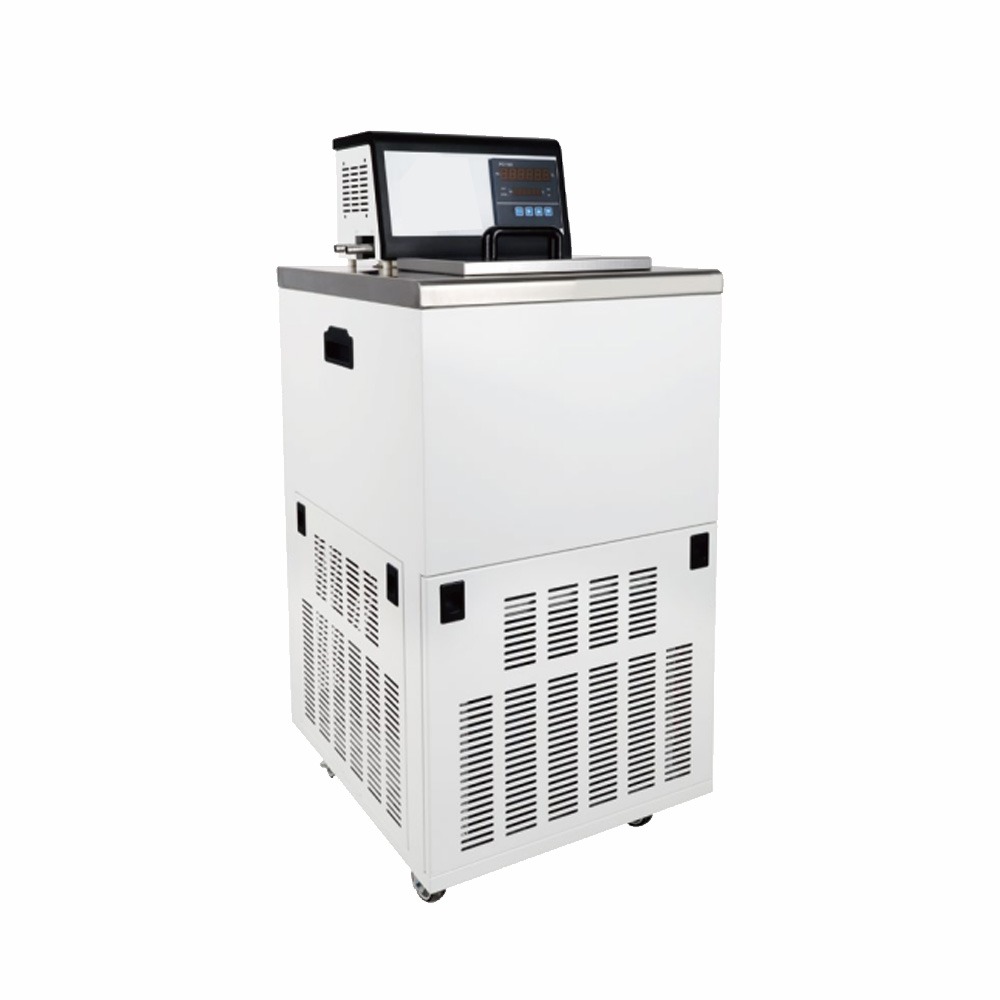
To sum up, water bath with Precision temperature control is a key factor in ensuring the success and reliability of laboratory processes. Through the use of advanced technologies such as PID controllers, digital thermostats, circulation systems, etc, modern water baths provide stable and accurate thermal environments. This precision is essential for achieving consistent results in a variety of applications, from molecular biology and chemical reactions to industrial quality control.


